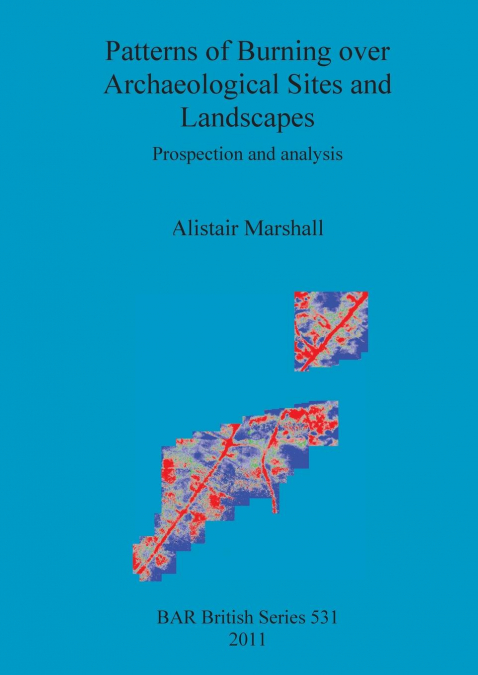
Alistair Marshall
This programme of five geophysical analyses arose from specific problems encountered during survey and excavation of mid-later Iron Age settlement enclosures by the author in the Gloucestershire Cotswolds (UK). At these sites there was a need to supplement detailed magnetic mapping from gradiometry with higher quality data on magnetic susceptibility (MS), in order to establish a more viable basis for assessing patterns of burnt material over and around clearly defined archaeological structures. Paper 1: small Iron Age enclosures: The first project introduces the MS probe within a detailed analysis, supported by data from a range of related sites. These smaller, lightly-defended ditched enclosures, often complexes with appended subenclosures, usually clearly definable by gradiometry, are a common type in the Cotswold and English Midland areas, and present excellent subjects for functional analysis using MS and other geochemical data. Few such detailed studies exist. Paper 2: Iron Age hillforts: The Cotswold area contains a series of hillforts, ranging from smaller and more modestly defended, to larger and often highly defensive sites. This diversity, and the relative absence of data on internal, and especially on any external features, present clear grounds for investigation. MS surveys over the interiors of Iron Age hillforts and adjacent extra-mural areas indicate patterns of activity highly relevant to their functional interpretation, and allow comparison with data from broadly contemporary ditched enclosures. Paper 3: larger Roman settlement:Survey of extensive and complex areas of Iron Age and Roman settlement provides data relevant to their layout and operation. One Roman 'small town' site and one complex of more agrarian Roman settlement, both with known mid-later Iron Age antecedents, were selected, both on a similar gravel substrate. Paper 4: early Bronze Age round barrows: The region includes many funerary areas of Neolithic to Bronze Age date, containing mainly round, but often long barrow sites. MS survey can be applied with some confidence to map distributions of burnt sediment over and around them, and to retrieve at least some information. Detailed survey of barrow monuments and their surrounding areas provides data on the properties of known sites as MS anomalies, indicates the potential for detection of terminal sites, truncated and without apparent above-ground features, and allows association between round barrows and areas of nearby settlement or activity to be assessed. Paper 5: Cotswold area: Extensive survey over a 40 km2 sample of the Cotswold upland and dip-slope reveals patterns of MS relevant to discussion of early land clearance and use, to development and organisation of settlement in the area, also to environmental events in this catchment area of the upper Thames valley and their effects on its hydrology.